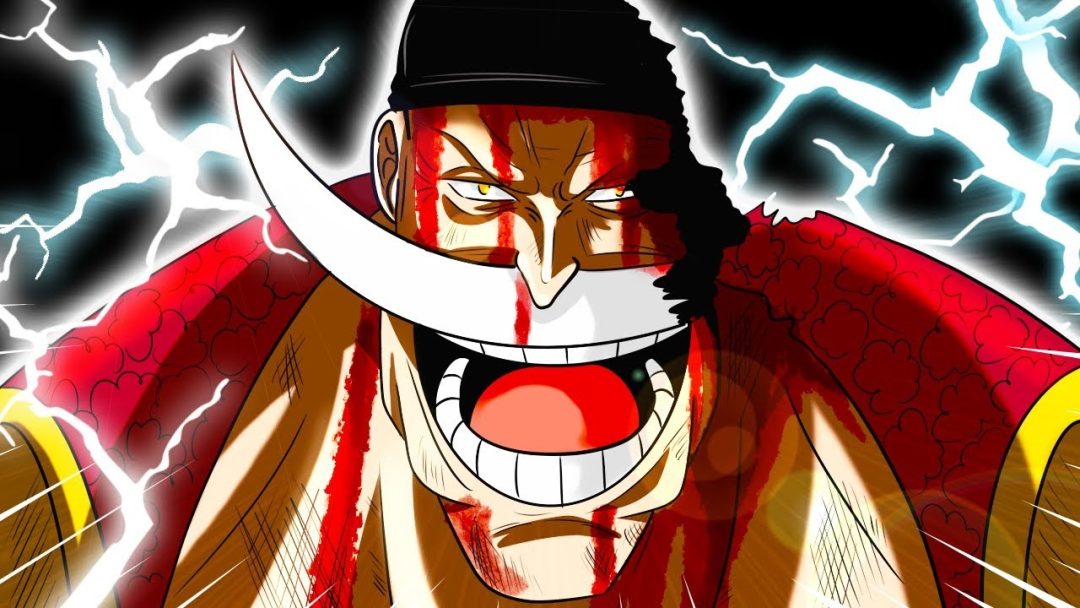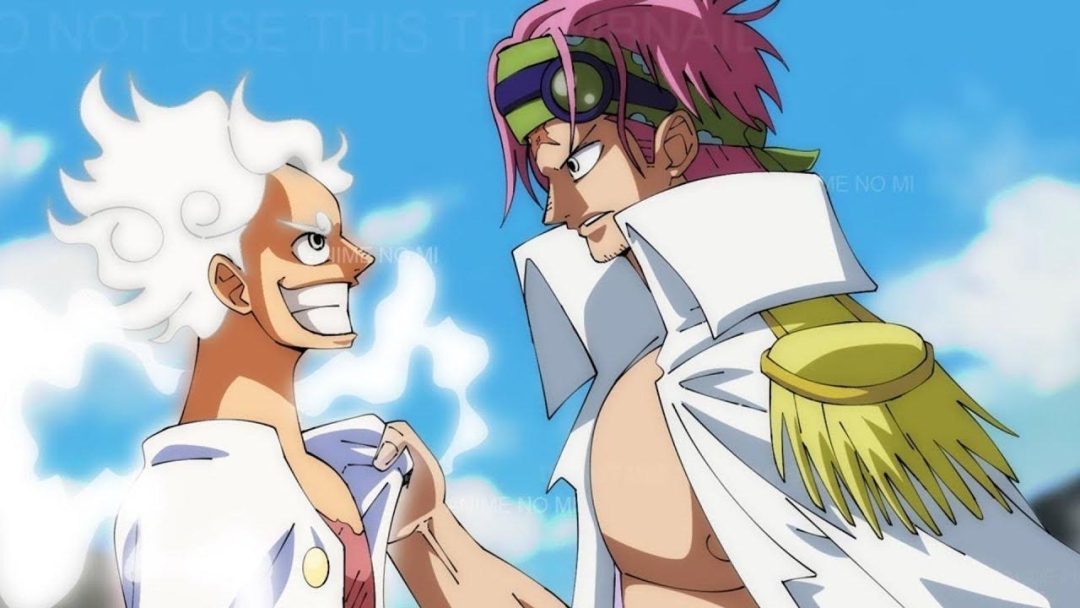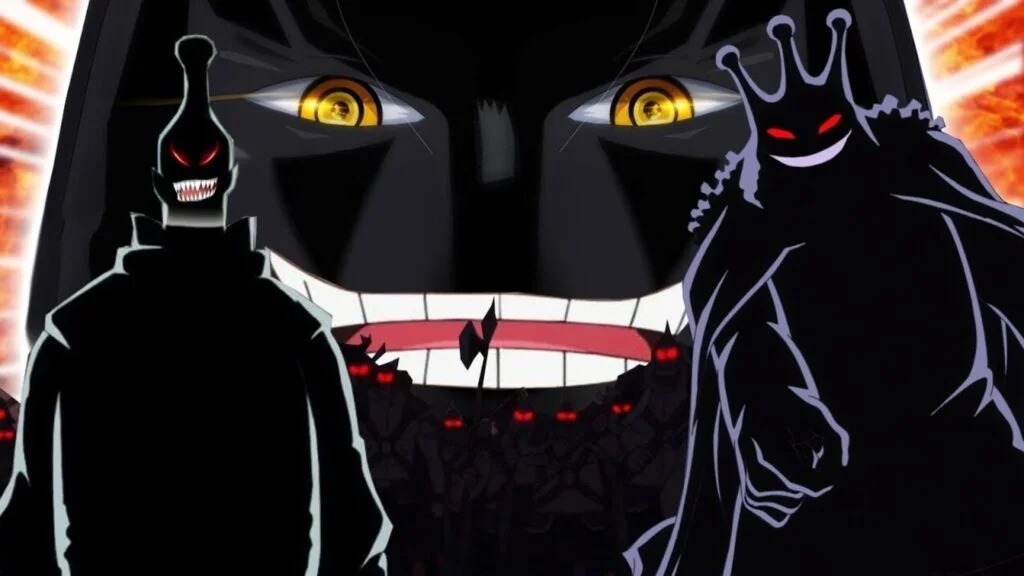Dragon Ball is among the most successful media franchises of all time, with numerous movies, TV shows, and video games under its belt. That said, the canon status of its films has often been questioned. The most recent films, 2018’s Dragon Ball Super: Broly and 2022’s Dragon Ball Super: Super Hero, are considered canon to the overarching story, but most of the franchise’s movies are not.
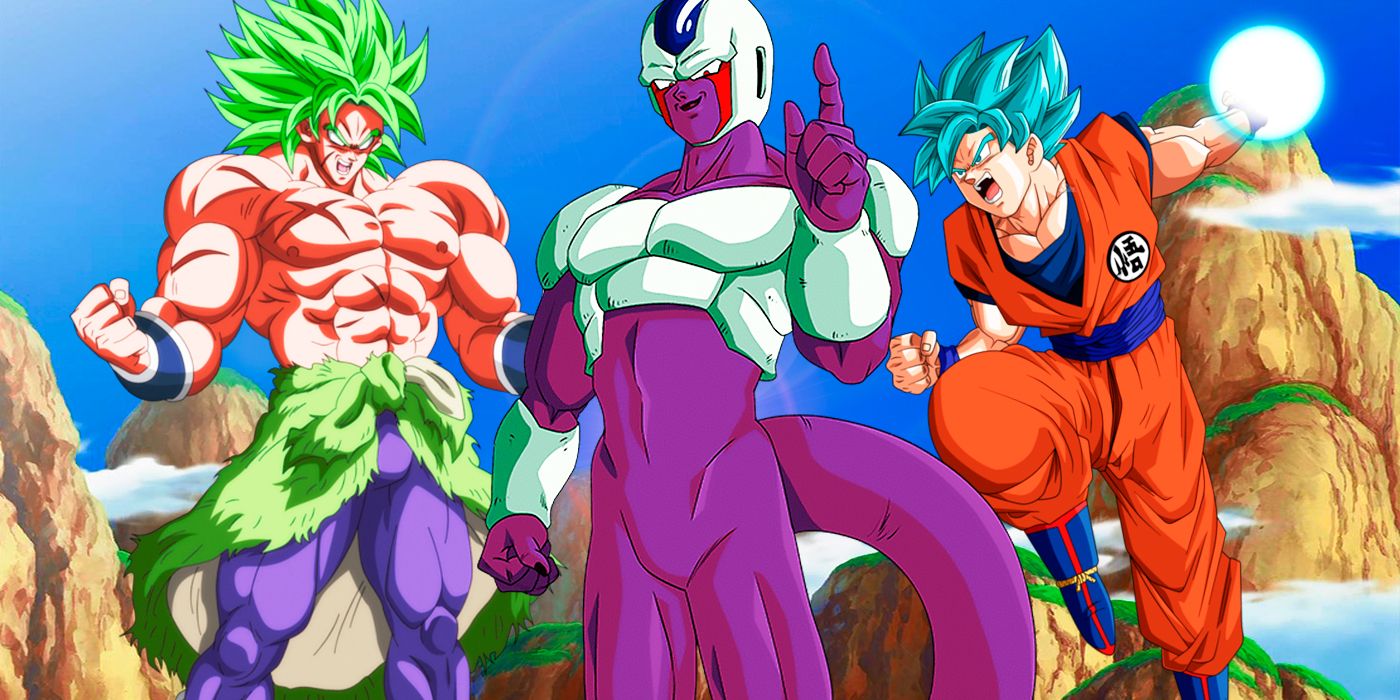
Frequently contradicting details from the main plot, many of the Dragon Ball films are entertaining what-if scenarios rather than direct continuations. However, several films are canon — or, at least, don’t actively contradict the main story, leaving their canonicity up for debate. As such, this leaves viewers in the confusing position of ascertaining the canonical value of each Dragon Ball film.
Updated on May 28, 2024, by Ajay Aravind: There are few anime series as influential as Dragon Ball, with numerous Shonen successors borrowing directly from the iconic franchise. While the manga and much of the anime are officially canon, the status of the Dragon Ball movies remains up for debate. With Dragon Ball Daima set to release in 2024, interest in the franchise remains as hot as ever. As such, we’ve updated this article with some more relevant information.
10 Strongest Dragon Ball Z Villains, RankedAre The Dragon Ball Movies Canon?
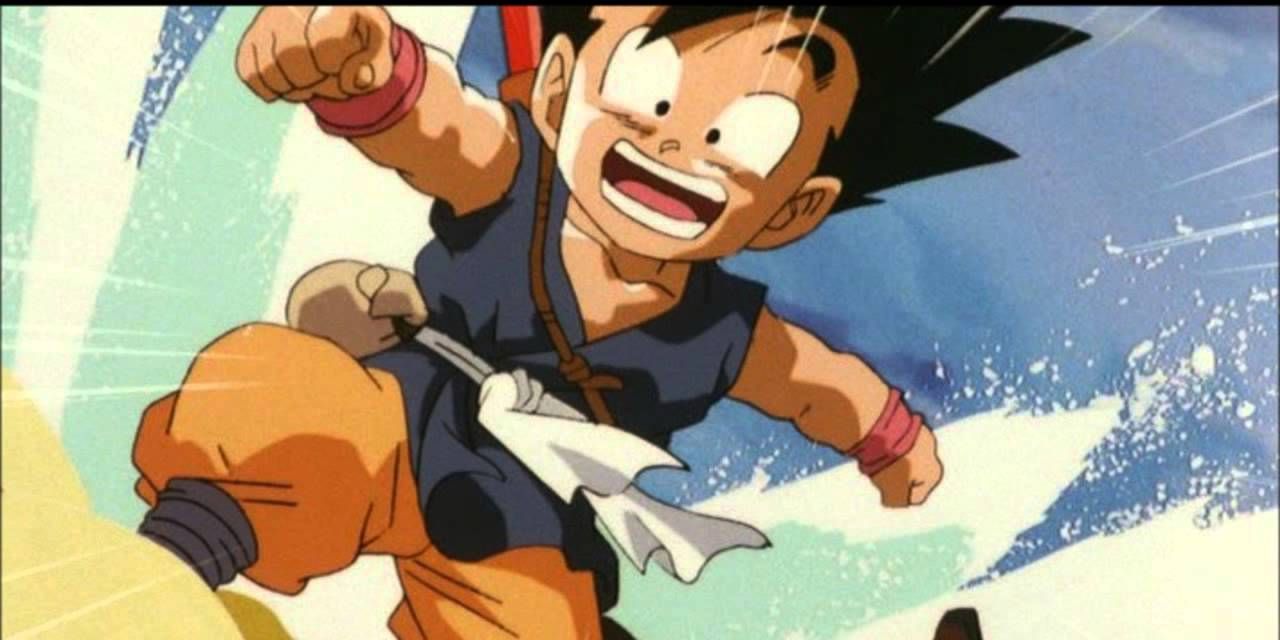
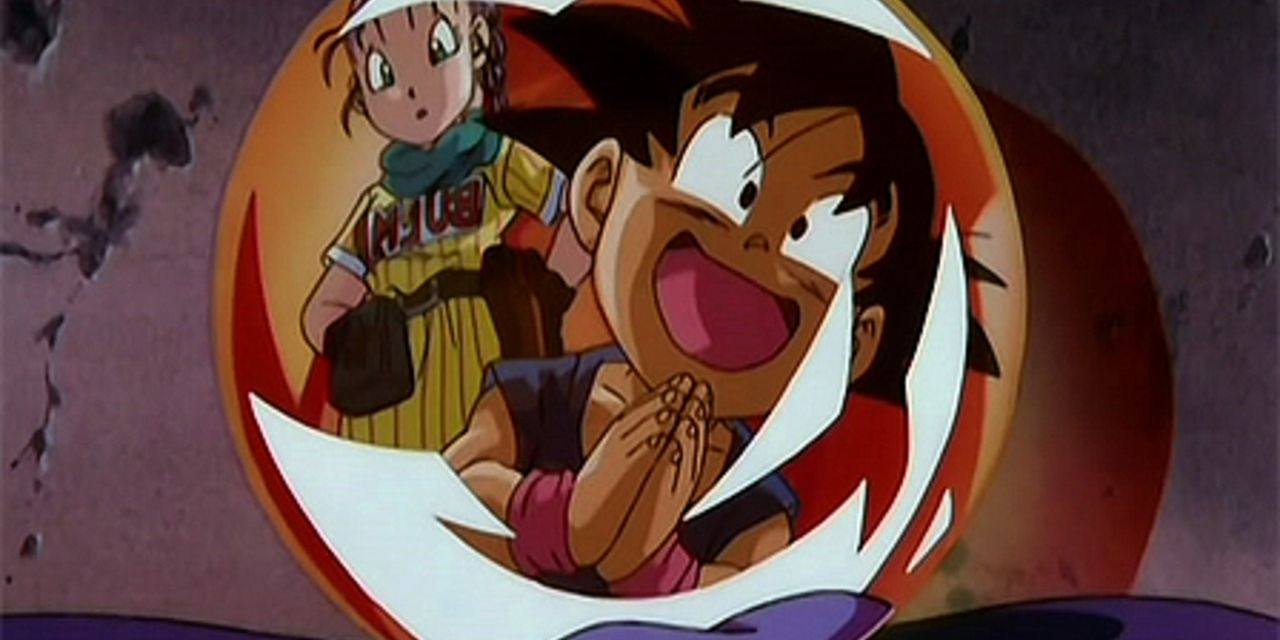
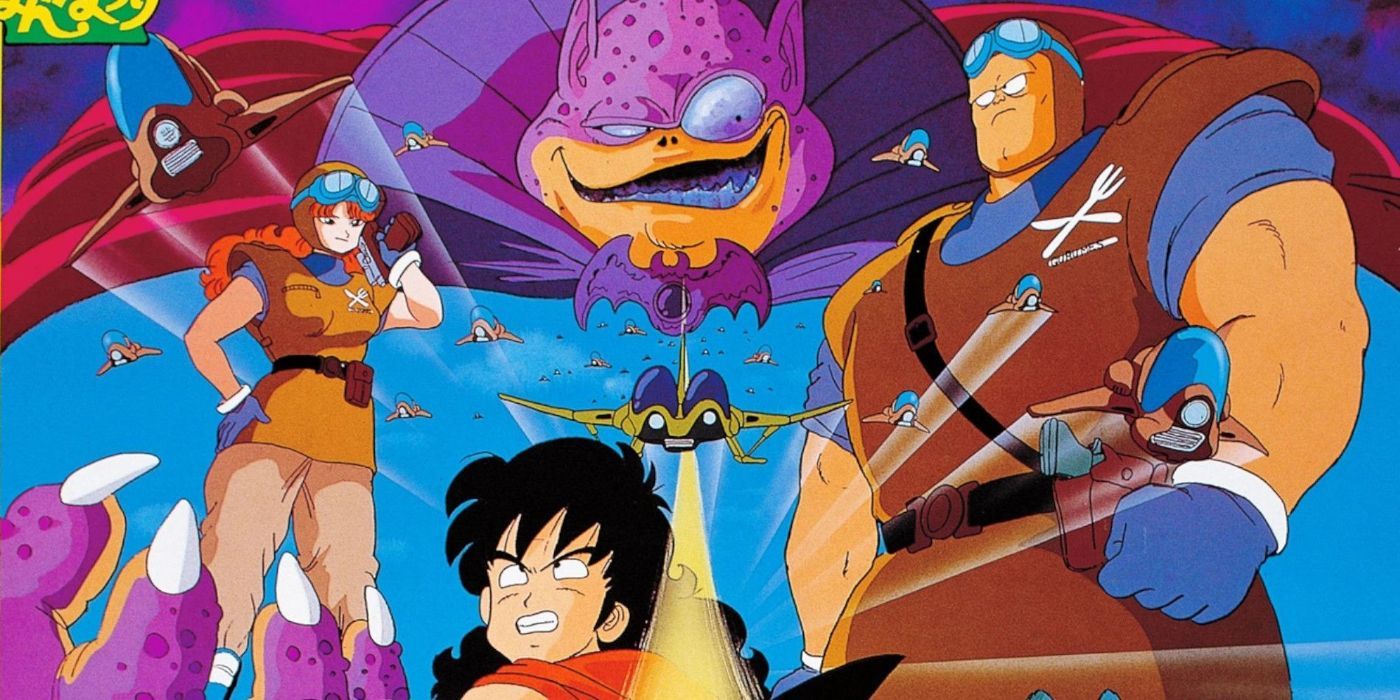
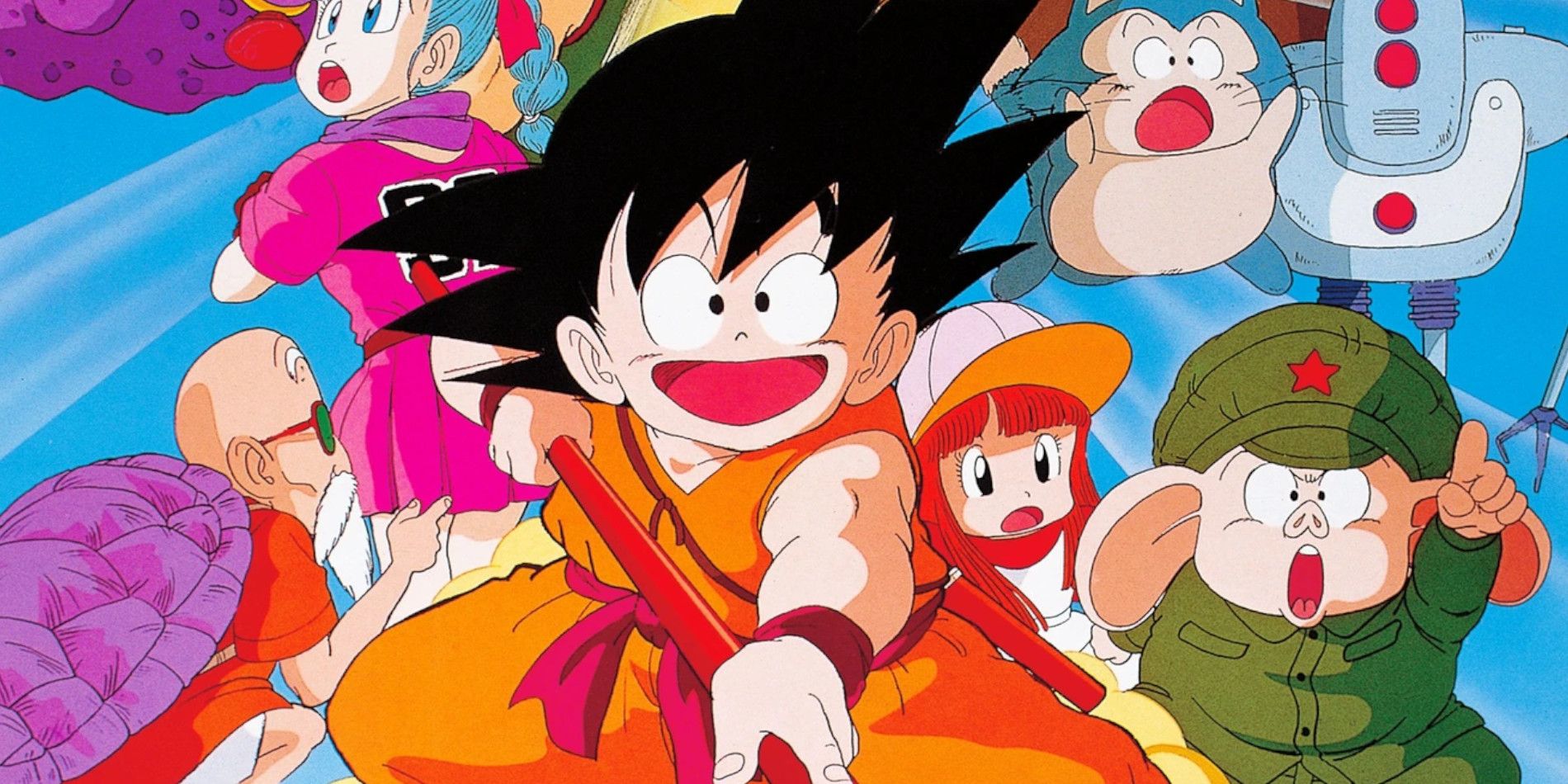




Dragon Ball Movies
Release Date
Dragon Ball: Curse of the Blood Rubies
December 20, 1986
Dragon Ball: Sleeping Princess in Devil’s Castle
July 18, 1987
Dragon Ball: Mystical Adventure
July 9, 1988
Dragon Ball: The Path to Power
March 2, 1996
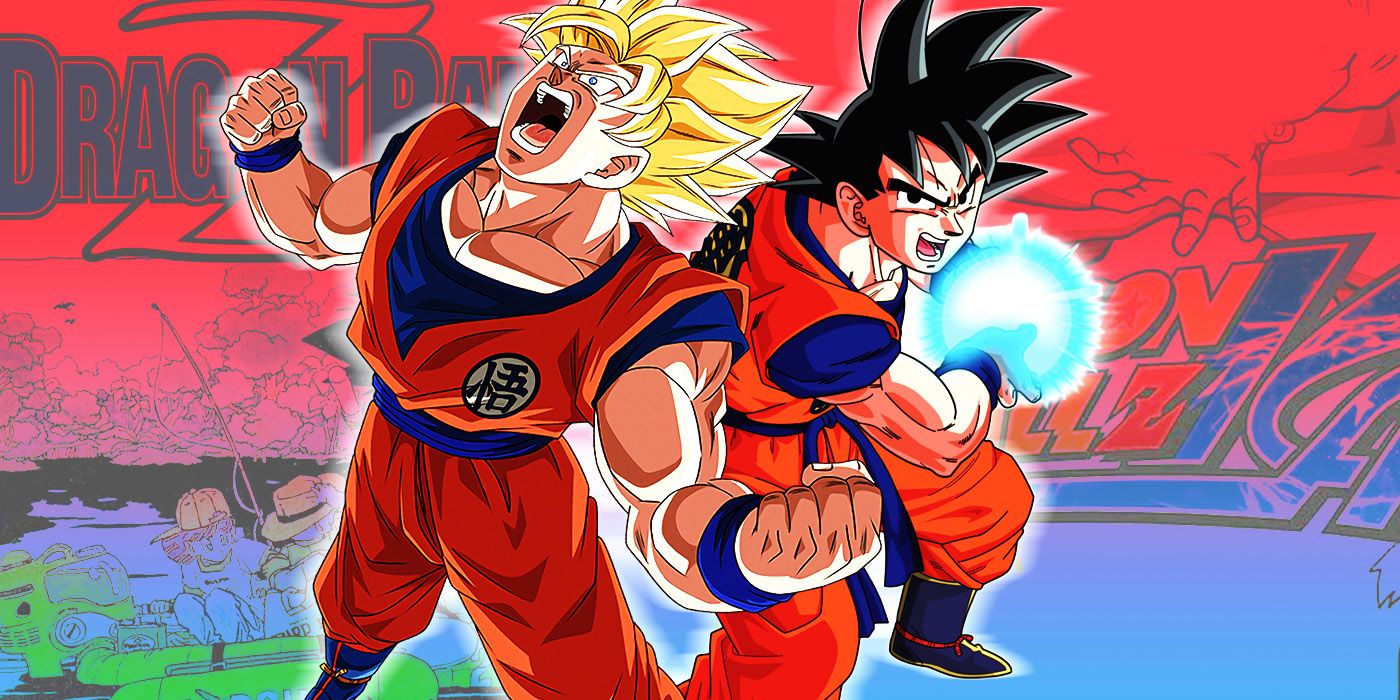
7 Differences Between Dragon Ball Z and Kai (& 7 Things That Are The Same)
Dragon Ball Z and Kai may tell the same story, but the two anime have more than their share of differences that set them apart.
Before the anime series adapted the “second half” of the manga as Dragon Ball Z, the anime was referred to as simply Dragon Ball. This matched the manga it was based on, and just like it, the anime adaptation was incredibly popular. Thus, four separate movies built upon this success, though one came out several years later than the other three. Sadly, none of these are canon Dragon Ball movies.
Despite this popularity, none of the Dragon Ball movies are in the same continuity as the anime series, let alone the manga. This is due to them all retelling/recontextualizing scenes and elements from the main story, making them wholly incompatible with what the anime had already shown. These changes included how Goku met Krillin and how the former met his android friend Eighter (a.k.a. Android 8). Given that these movies are based around the more adventurous Dragon Ball instead of the action-packed Dragon Ball Z, they’ve mostly been forgotten by all but the most die-hard fans.
Are The Dragon Ball Z Movies Canon?10 Best Goku Fights in the Dragon Ball Z Movies, Ranked
Dragon Ball Z Movies
Release Date
Dragon Ball Z: Dead Zone
July 15, 1989
Dragon Ball Z: The World’s Strongest
March 10, 1990
Dragon Ball Z: The Tree of Might
July 7, 1998
Dragon Ball Z: Lord Slug
March 9, 1991
Dragon Ball Z: Cooler’s Revenge
July 20, 1991
Dragon Ball Z: The Return of Cooler
March 7, 1992
Dragon Ball Z: Super Android 13!
July 11, 1992
Dragon Ball Z: Broly – The Legendary Super Saiyan
March 6, 1993
Dragon Ball Z: Bojack Unbound
July 10, 1993
Dragon Ball Z: Broly – Second Coming
March 12, 1994
Dragon Ball Z: Bio-Broly
July 9, 1994
Dragon Ball Z: Fusion Reborn
March 4, 1995
Dragon Ball Z: Wrath of the Dragon
July 15, 1995
Dragon Ball Z: Battle of Gods
March 30, 2013
Dragon Ball Z: Resurrection ‘F’
April 11, 2015
While the four Dragon Ball movies are all non-canon, either retelling or reimagining stories from the manga or anime depicting Goku’s childhood, the first Dragon Ball Z anime film is generally considered canon. 1989’s Dragon Ball Z: Dead Zone occurred approximately a year before DBZ began, with the villainous Garlic, Jr. using the Dragon Balls to gain immortality before being exiled to the eponymous pocket dimension. This placement in canon was further underscored when Garlic, Jr. escaped during an anime-only filler arc and attempted to exact revenge before being exiled again. This is one of the few canon DBZ movies, though it’s only canon with the anime and not the manga.
While the next wave of DBZ films aren’t canon Dragon Ball movies, both 1991’s Dragon Ball Z: Cooler’s Revenge and 1993’s Dragon Ball Z: Bojack Unbound (which introduced a fan-favorite villain) never directly contradicted the main series. With Goku still getting the hang of mastering his Super Saiyan transformation in Cooler’s Revenge, the 1991 film could feasibly take place in the three-year period between Goku’s return to Earth and the arrival of the Androids. However, this is doubtful since neither the villainous Frieza nor King Cold has ever mentioned Cooler.
Similarly, Bojack Unbound may have taken place just after the Cell Games, with Goku and King Kai dead while Gohan still learns how to master Super Saiyan 2. The presence of Future Trunks is explained offhand in the English dub as the time-traveling warrior visiting his friends in the main timeline after restoring peace in his own era. Similarly, Hercule Satan is already renowned worldwide for taking credit for Cell’s destruction, as the false champion makes his film debut in the 1993 movie. Thus, these can be seen as canon DBZ movies, if only loosely.
Dragon Ball GT Is Non-Canon As A WholeIs Dragon Ball GT Canon?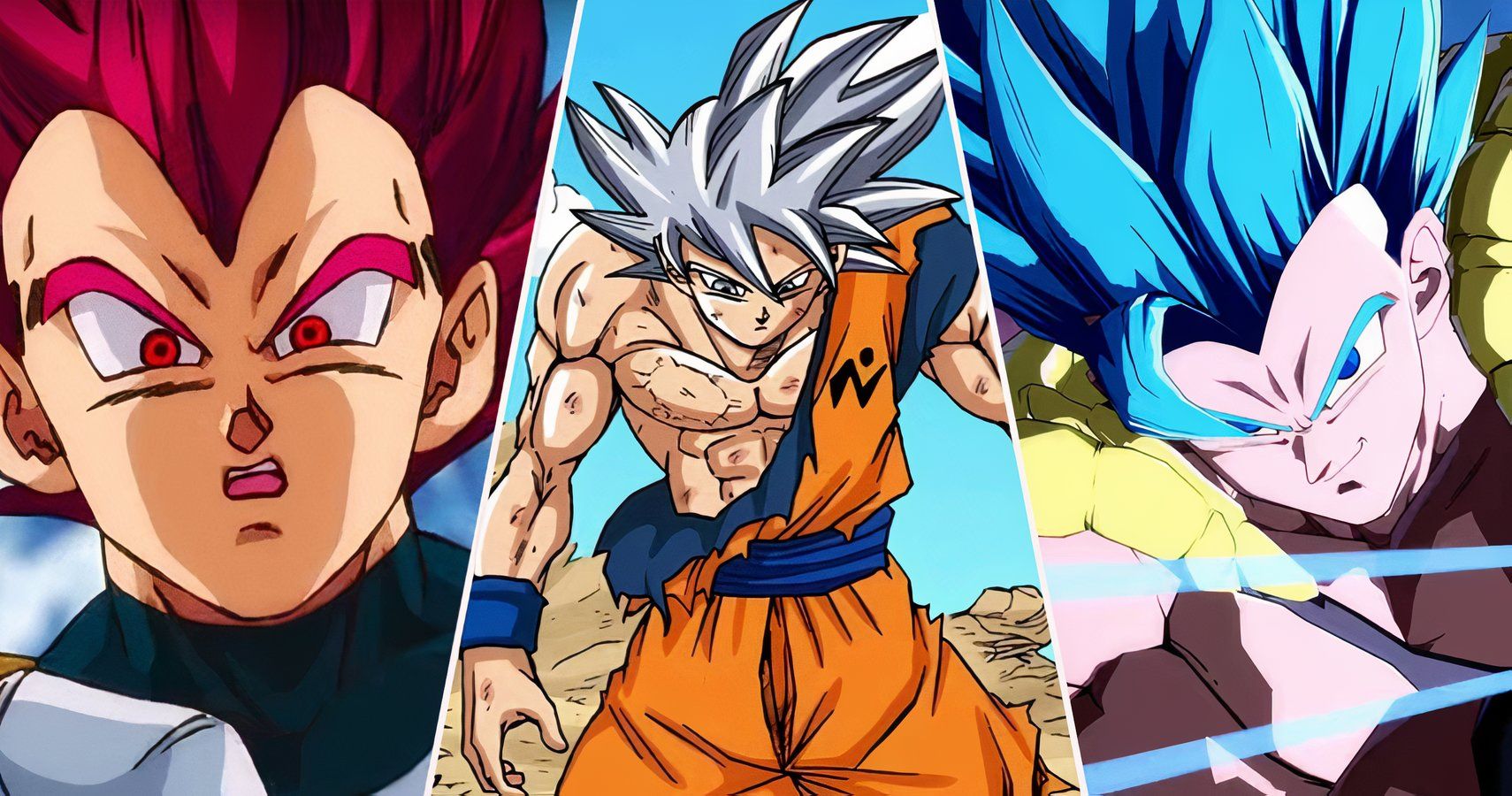
God Ki In Dragon Ball Super, Explained
Dragon Ball’s power system can be a little confusing, especially in Super — and God Ki is one of the series’ most confusing elements of all.
Originally released in 1996, Dragon Ball GT was an anime-only sequel that wasn’t based on a manga by Akira Toriyama. It initially tried to emulate the adventure focus of the original Dragon Ball, but this was quickly dropped in favor of a more action-oriented focus. The series wasn’t nearly as long as its predecessors, and due to the lack of real involvement from the franchise creator and its poor reception, it’s been deemed as outside the canon of the classic anime and manga.
The lack of popularity resulted in the mostly disliked Dragon Ball GT getting only one movie: Dragon Ball GT: A Hero’s Legacy. This is actually considered more of a TV special and was never released theatrically. In a shift from other movies in the series, it actually is canon to the show. Of course, since the Dragon Ball GT anime is non-canon anyway, this is ultimately irrelevant, as are the show and its corresponding TV special.
Are Wrath Of The Dragon & Dragon Ball Super: Broly Canon?Dragon Ball Super Broly Official Dub Trailer #4 (Trailer)
Dragon Ball Super Movies
Release Date
Dragon Ball Super: Broly
November 14, 2018
Dragon Ball Super: Super Hero
June 11, 2022
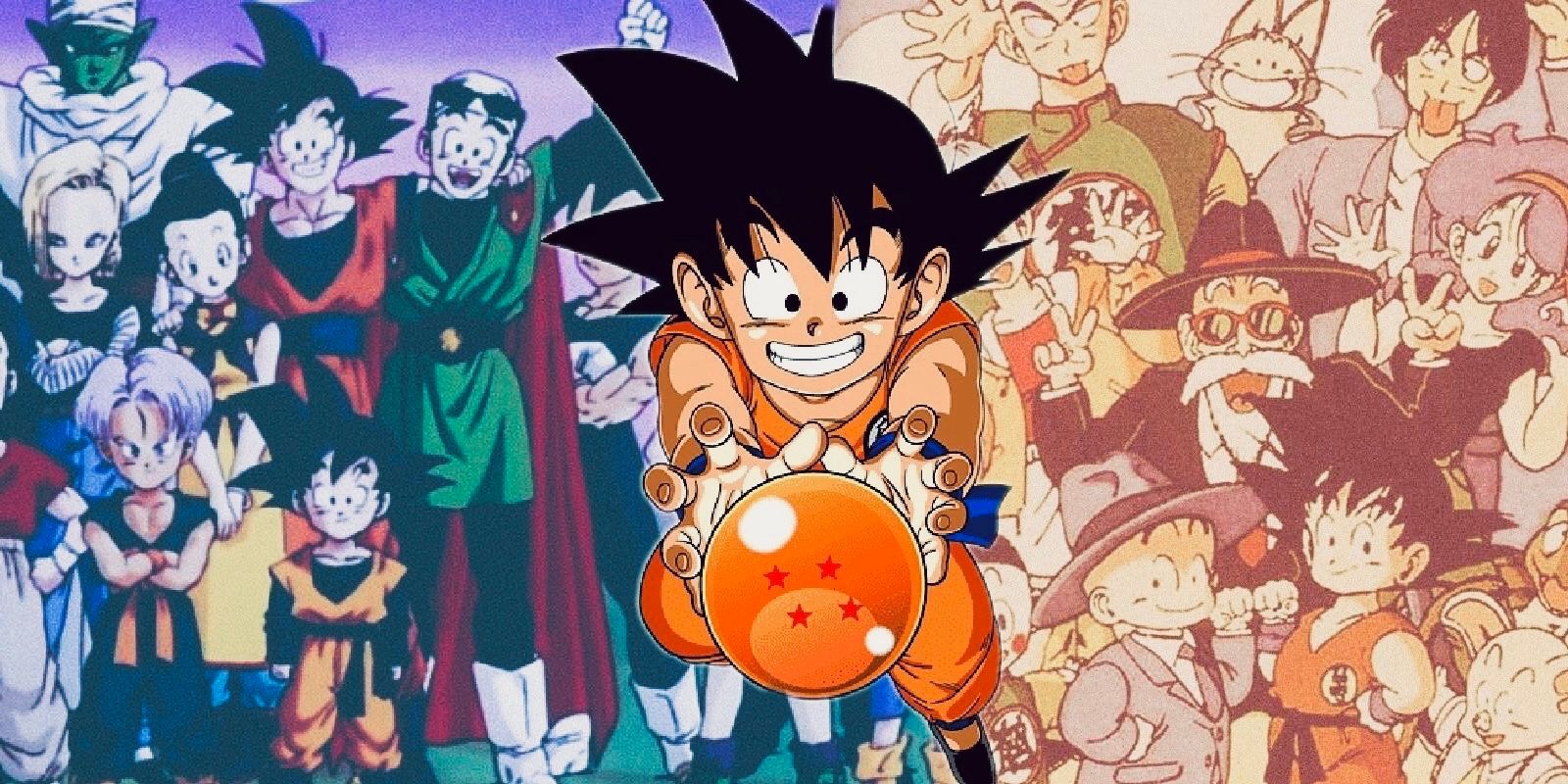
A Complete Timeline of Dragon Ball, DBZ, and Dragon Ball Super
Dragon Ball has been a pillar of shonen anime for four decades. In that time, fans have watched Goku grow from a naïve boy into a benevolent hero.
Perhaps most intriguing in the question of which Dragon Ball movies are canon is 1995’s Dragon Ball Z: Wrath of the Dragon. This movie is set shortly after Kid Buu’s defeat, as Earth and the Z Fighters enjoy a period of peace. The film debuted Goku’s special attack, the Dragon Fist, with the technique resurfacing on multiple occasions during Dragon Ball GT, seemingly confirming Wrath of the Dragon as canon.
However, DBGT‘s canonicity, apparently revoked by the new anime series Dragon Ball Super, raises questions about whether Wrath of the Dragon is canon. While Wrath of the Dragon does not directly contradict DBZ or Super, Goku has yet to use or refer to the Dragon Fist technique in Super‘s manga or anime. Since 2008’s short film Dragon Ball: Yo! Son Goku and His Friends Return!!, Toei Animation appears to have kept to the rule of only making canon Dragon Ball movies. That film’s introduction of Vegeta’s brother Tarble was acknowledged in Super, while 2013’s Dragon Ball Z: Battle of Gods and 2015’s Dragon Ball Z: Resurrection F would be adapted as the opening story arcs in Super when the anime premiered in 2015.
Even Dragon Ball Super: Broly is canon because it was written by creator Akira Toriyama, whereas the original Dragon Ball Z: Broly trilogy wasn’t. Additionally, DBS: Broly follows the continuity of the Dragon Ball Super anime as a direct sequel. Should Toei hold to this pattern, the next Dragon Ball Super movie will likely be canon to the main story, as Goku and the Z Fighters continue to find new adventures. Until then, fans have Dragon Ball Super: Super Hero to enjoy.
